Two Methods of Teaching
This distinction was brought to mind in a technical writing course. The teacher answered every “why” question by instructing us to look at another example of the principle. For a science-bred boy this was maddening. Just tell me what principle was violated by the turned-in example; but the teacher was unable to. At first, I thought the teacher was just being stubborn. Slowly I came to realize, she just didn’t organize her thoughts that way, the axiomatic way.
Axiomatic
In science and many academic subjects, the teacher presents the students with a set of principles, then uses deductive logic to demonstrate how they can explain facts that are observed.
Axiomatic teaching allows for faster mastery of existing material and concepts, although students may be stymied by novel problems.
Discovery
In creative courses, the teacher presents the students with a set of examples of excellent works in the subject area. The students are to discover for themselves what is essential in the examples that they can use to create their own works.
Teachers using discovery promote creation of new, personally meaningful insights. However, some students hold on to personal insights.
In some creative fields, it’s legitimate to insist on one’s personal viewpoint and proclivities . In others—science, technology, and economics—the results of theories (insights) can and should be tested against nature, to determine their objective success.
Blended
Of course, many teachers use a blend of these techniques, but the extreme positions highlight the strengths and weaknesses of the axiomatic and the discovery methods.
Axiomatic learning can deaden personal insights.
Teaching by discovery is overwhelmed when masses of known material must be mastered.

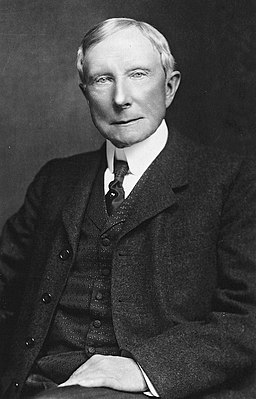

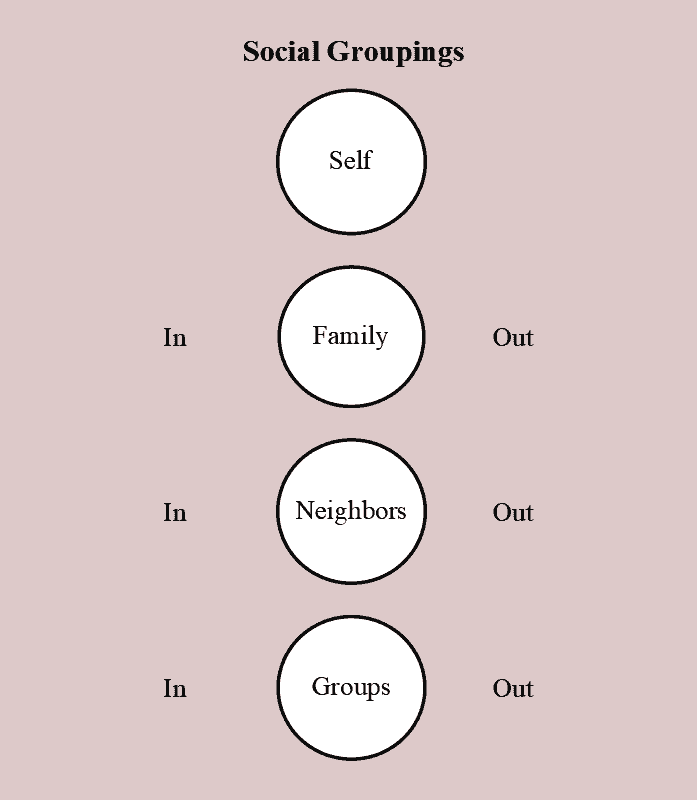

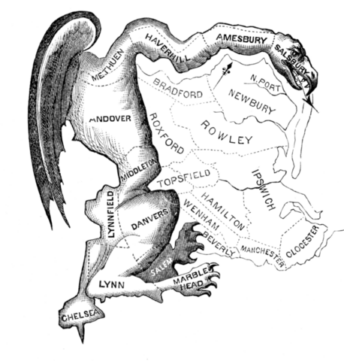
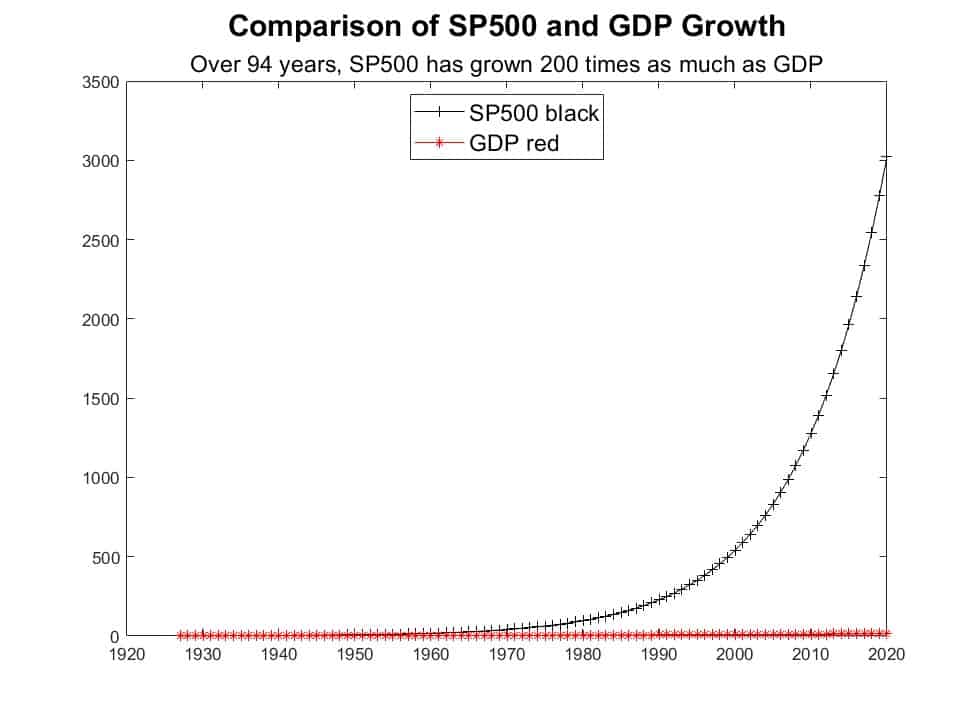

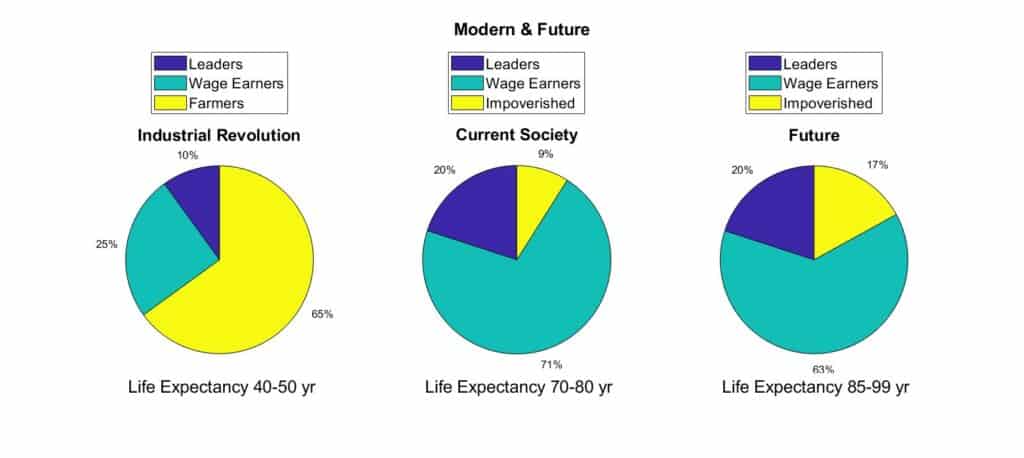
It’s crazy to expect students come up with their own thoughts. I have to lead them to the water; otherwise, they’d die of thirst.